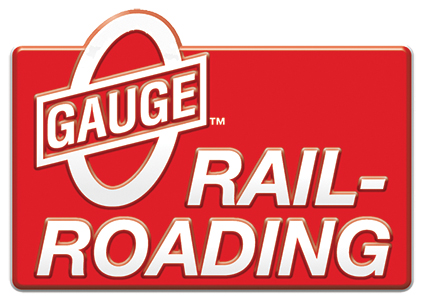Not a happy looking train crew, by any measure. Thanks for posting, Marty.
Yes, they look like they were all business and were being delayed by the photographer. But there might also be a back story. They all lived in a small town and could have been related by blood, marriage, or divorce. There might have been interpersonal issues relating to religion, politics, money, or whether they preferred Fords or Chevrolets. Maybe they were called for a drag that would pick up and set out cars all the way to Waynoka and get run around by two or three other crews, while the crew behind them got called for a hotshot.
Notice the badges on the Conductor's and Brakeman's caps. Santa Fe operating rules in that era required Conductors and Brakemen to wear their badge while on duty, in freight service as well as passenger. Everyone is carrying a pocket watch, a fountain pen, and a pencil. Two crew members wear neckties, making one wonder whether the caption identified the Brakeman and the Fireman backwards.
Their engine is a 4000 Class 2-8-2, a pretty strong engine of that wheel arrangement, easily capable of keeping the train running across the prairie at Santa Fe's then-maximum speed of 45 MPH for freight trains.


